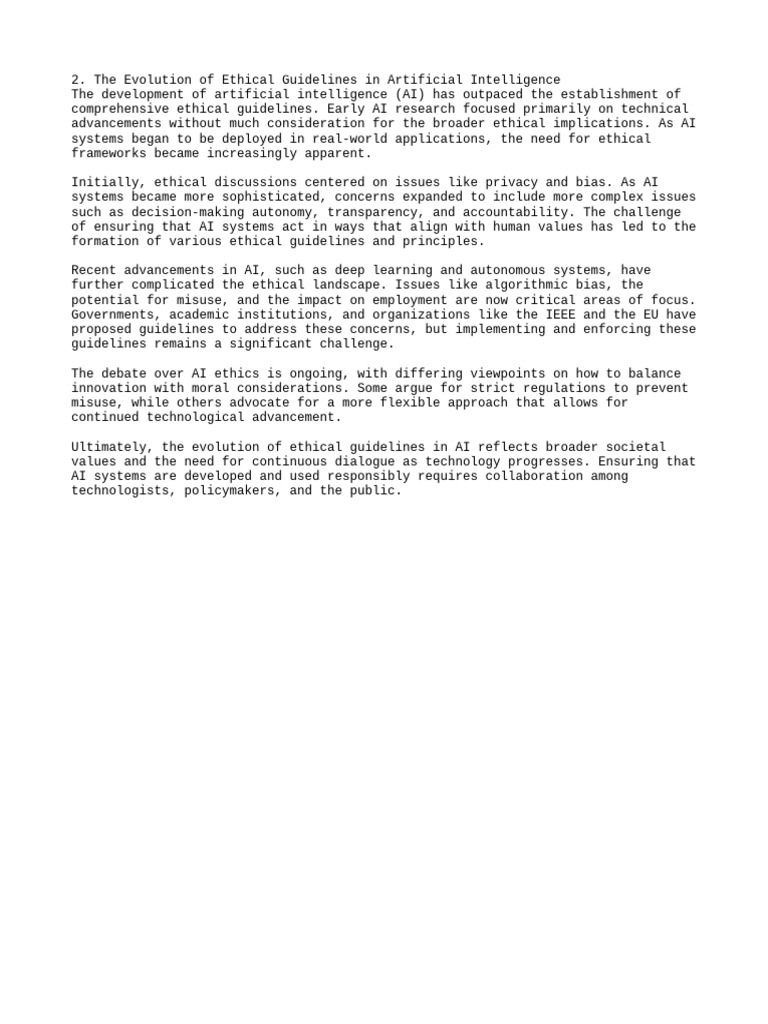The rapidly evolving panorama of artificial intelligence (AI) presents an intricate tapestry woven from strands of science and spirituality. As technology invades every facet of our lives, the question arises: Who establishes the ethical guidelines that govern AI? Is the arbiter science, heralding empirical evidence and logical reasoning, or is it religion, illuminating the moral compass that guides human interaction? This discourse seeks to navigate the confluence of these two spheres, ultimately revealing the necessity for a harmonious coexistence that recognizes their unique contributions.
Much like a dual-bladed sword, science and religion possess unique strengths, both indispensable in carving the ethical framework for AI. On one edge lies science, wielding the power of empirical inquiry and innovation. It gallantly unfurls the capabilities of AI, providing us with the tools to automate, analyze, and learn. The scientific method, a bastion of rationality, allows for advancements that propel humanity toward unprecedented horizons. Yet, with each innovation, science sends forth a slew of ethical quandaries: data privacy, algorithmic bias, and the prospect of sentient machines. These challenges evoke a clarion call for a moral guiding light.
On the opposing edge of the sword, religion unfurls a rich tapestry of ethical guidance, deeply embedded in centuries of wisdom and human experience. At the heart of many religious philosophies lies the imperative to cultivate compassion, justice, and respect for others — virtues that coalesce beautifully with the dilemma of AI ethics. Religious frameworks provide a context in which the benevolence of technological advancement can be understood and applied. Herein lies an intriguing metaphor: consider science as the architect building a complex edifice of AI, while religion serves as the compass, ensuring that the structure does not deviate from its ethical foundations.
In today’s society, the velocity at which AI technology progresses leaves little room for contemplation, often overshadowing ethical deliberation. This represents a precarious dance; the explicit reliance on scientific prowess can obscure the moral significance of our creations. The Bahá’í teachings, with their emphasis on unity and justice, offer a salient perspective on integrating these seemingly dichotomous realms. Bahá’í philosophy posits that every aspect of human development should be harmoniously entwined with spiritual values, including the technological advancements inherent in AI.
The Bahá’í writings advocate for the necessity of ethical standards dipped in the wellspring of spiritual insight. These teachings implore humanity to transcend materialistic pursuits, encouraging a paradigm where technology serves humanity’s collective welfare. Resplendent in this context, the need for devising ethical guidelines in AI takes on an almost sacred significance, representing a commitment to uphold human dignity and foster well-being globally. In this viaduct of thought, ethical guidelines for AI must intertwine scientific rigor with spiritual insight.
A guiding principle for establishing ethical norms in AI emerges from the Bahá’í conception of oneness — the belief in the interconnectedness of all humanity. AI technologies, designed to enhance human experience, must be nurtured through principles that respect diversity and promote inclusivity. This approach posits that the deployment of AI should not merely be a product of optimization algorithms but should resonate with global ethical standards that respect cultural variances and ancestral wisdom.
Yet, there abides a challenge in aligning these two domains. Science, governed by empirical validation, seeks quantifiable measures, while religion often thrives in the subjective and the spiritual. Drawing upon the Bahá’í perspective, one might posit that ethical guidelines can indeed be established through a collaborative interplay between scientists, ethicists, and spiritual leaders. Such collaboration aims to synthesize empirical understanding with enduring ethical principles. This dynamic could usher in a philosophy of action that is as flexible as it is grounded, devising policies that are informed yet anchored in moral accountability.
Moreover, the Bahá’í concept of consultation brings forth a practical methodology for developing ethical frameworks. The process of collective dialogue empowers diverse voices, inviting individuals from multifarious disciplines and backgrounds to contribute. Within this inclusive environment, ethical guidelines for AI could emerge organically, tailored to address specific societal values and concerns while fostering a spirit of unity. As the symbiotic relationship between science and spirituality evolves, it is essential to prioritize this consultative approach, ensuring the voices of all stakeholders resonate harmoniously.
In conclusion, the establishment of ethical guidelines for AI cannot rest solely in the realm of science or religion; rather, it necessitates an intricate interplay that respects the contributions of each. By embracing the principles of unity and equity espoused in Bahá’í teachings, society can cultivate a robust framework that holds AI accountable to the highest ethical standards. The journey towards ethical AI is not merely about negotiating technological advancements; it is about nurturing humanity’s shared destiny. The compass of religion, complemented by the architectonic prowess of science, can pave the way for a future where artificial intelligence acts as an extension of our collective values, illuminating the path toward a just and equitable world. In this collaborative endeavor, the potential of AI can be unleashed not just as a scientific phenomenon, but as a profound blessing for humanity, guiding us toward a more harmonious existence.
